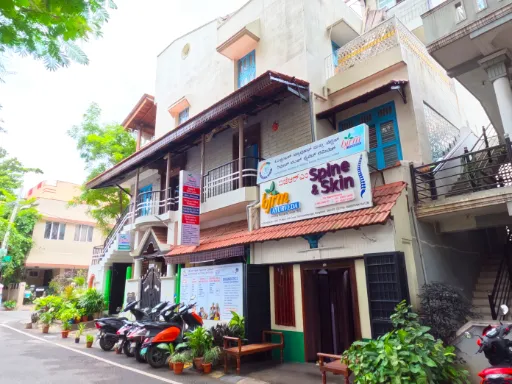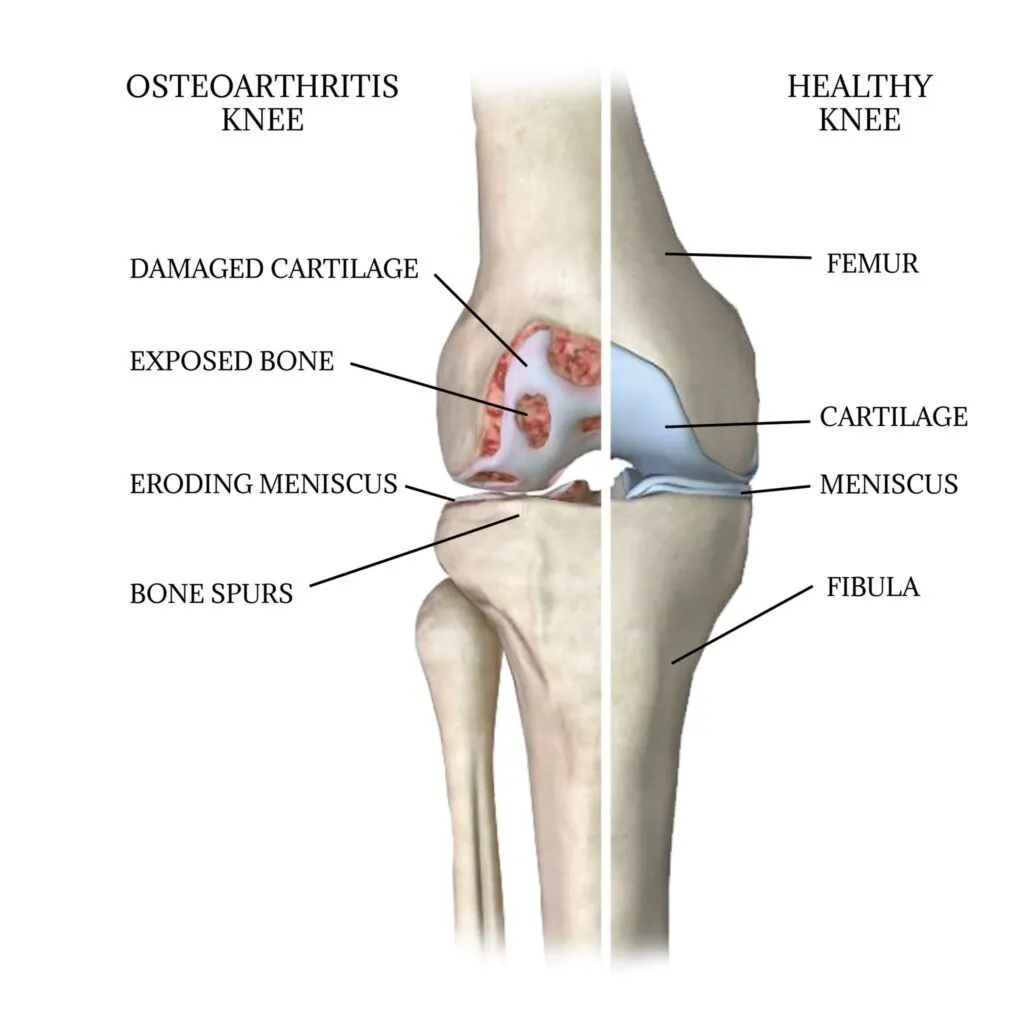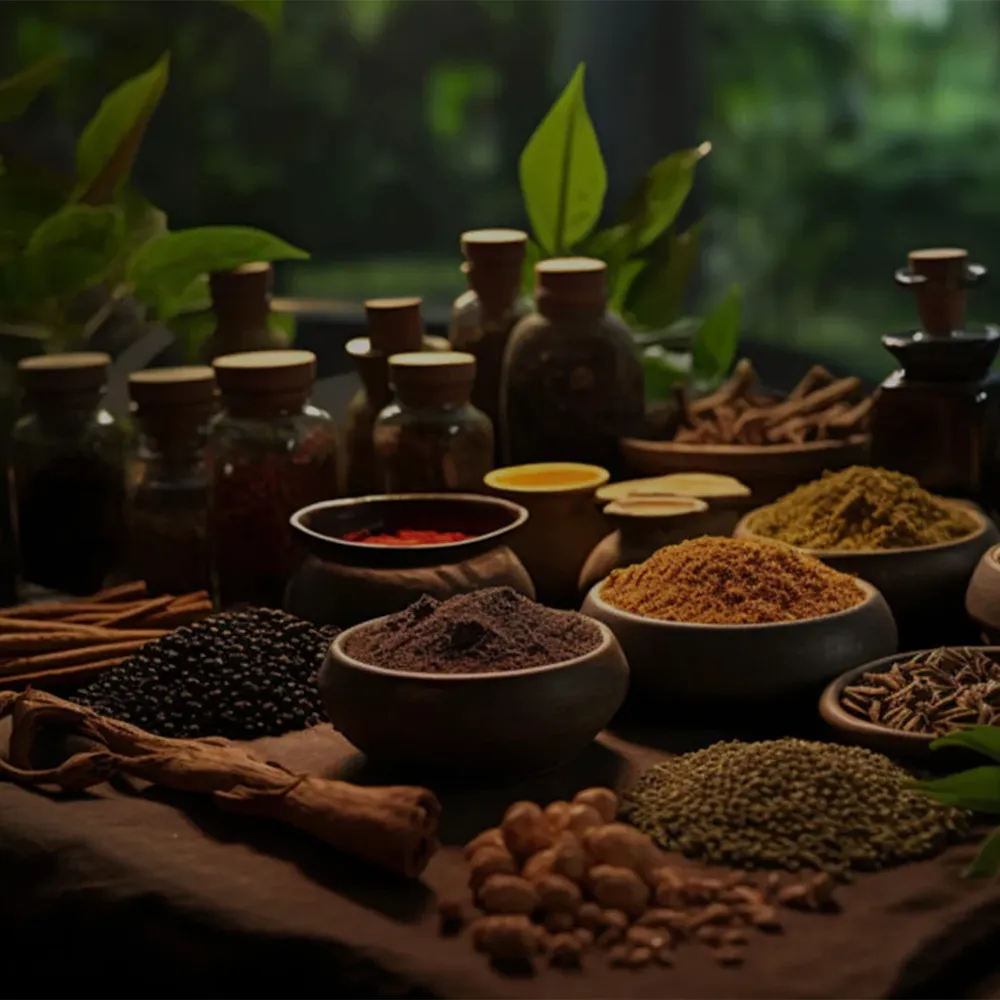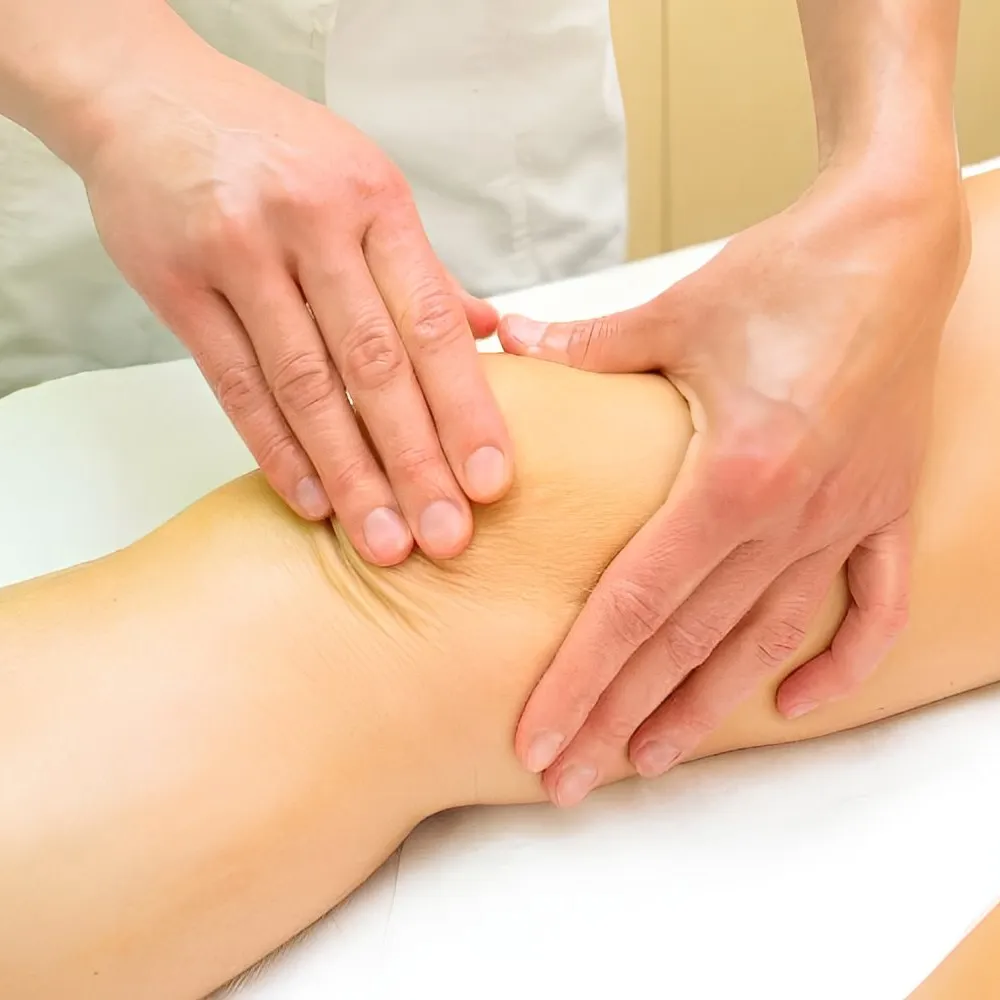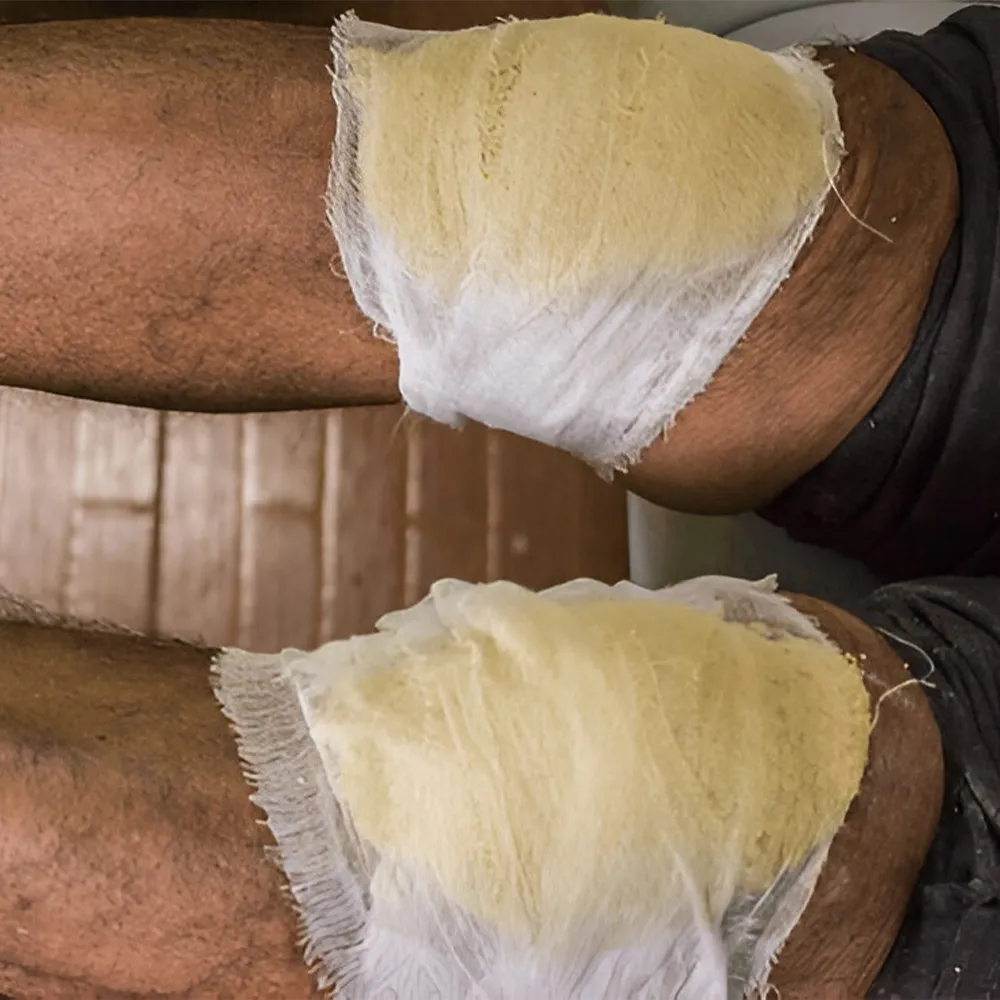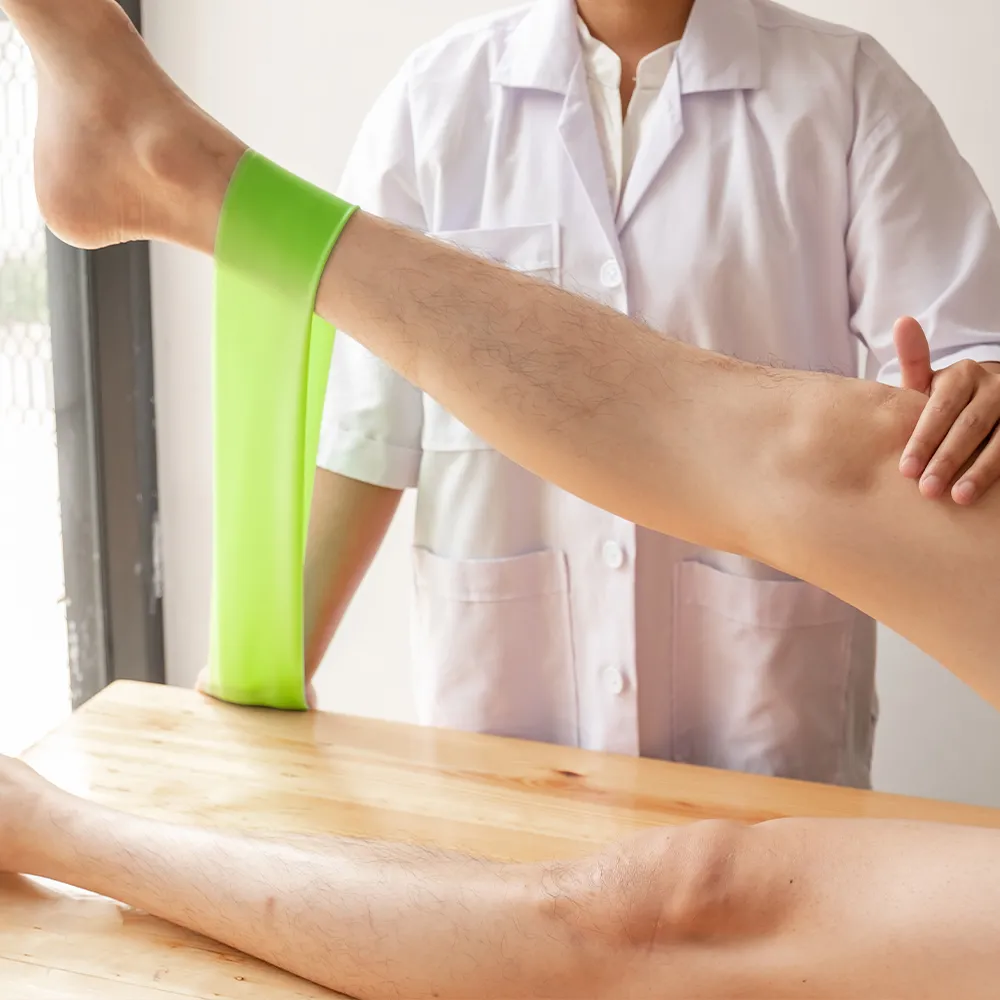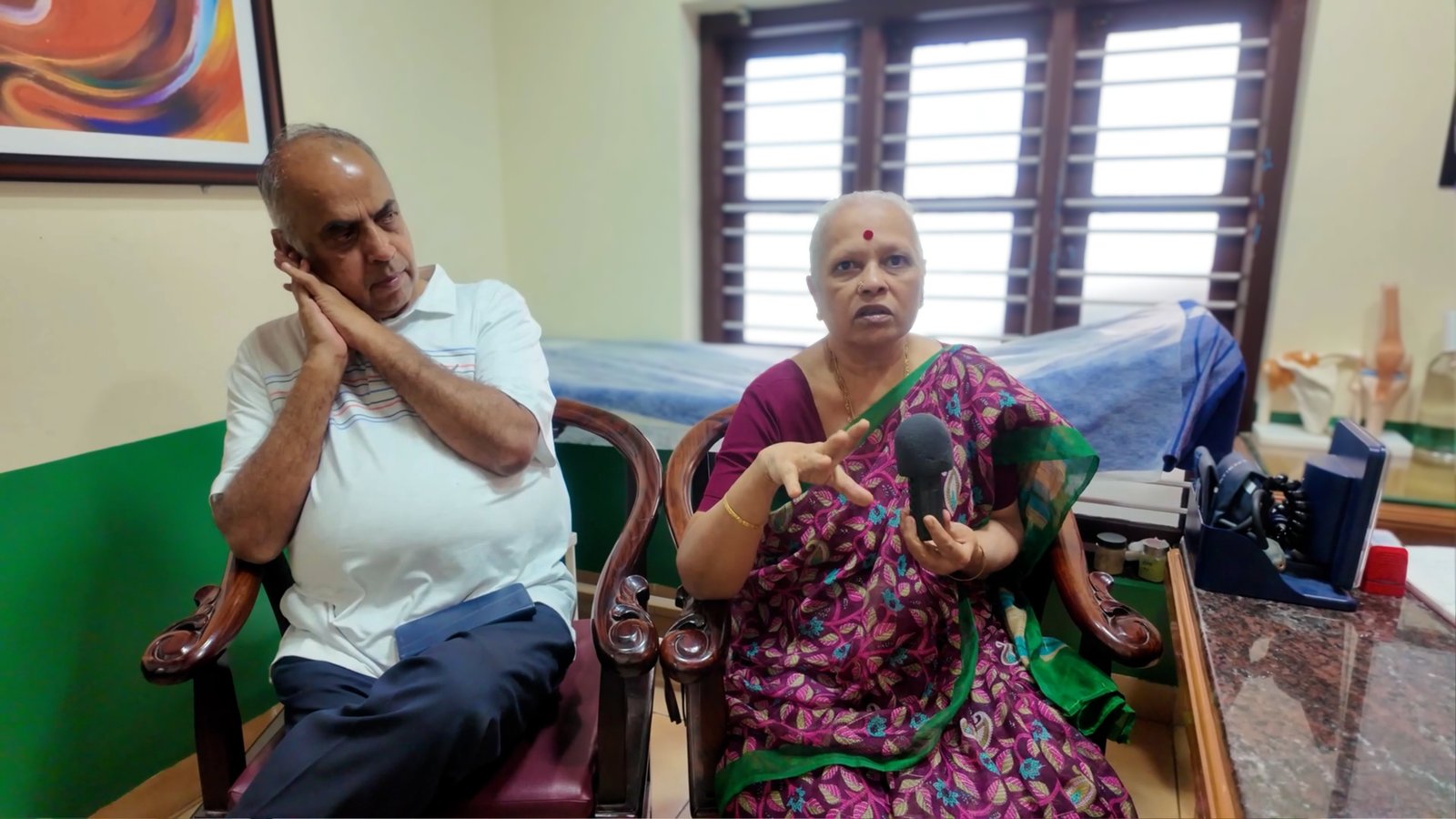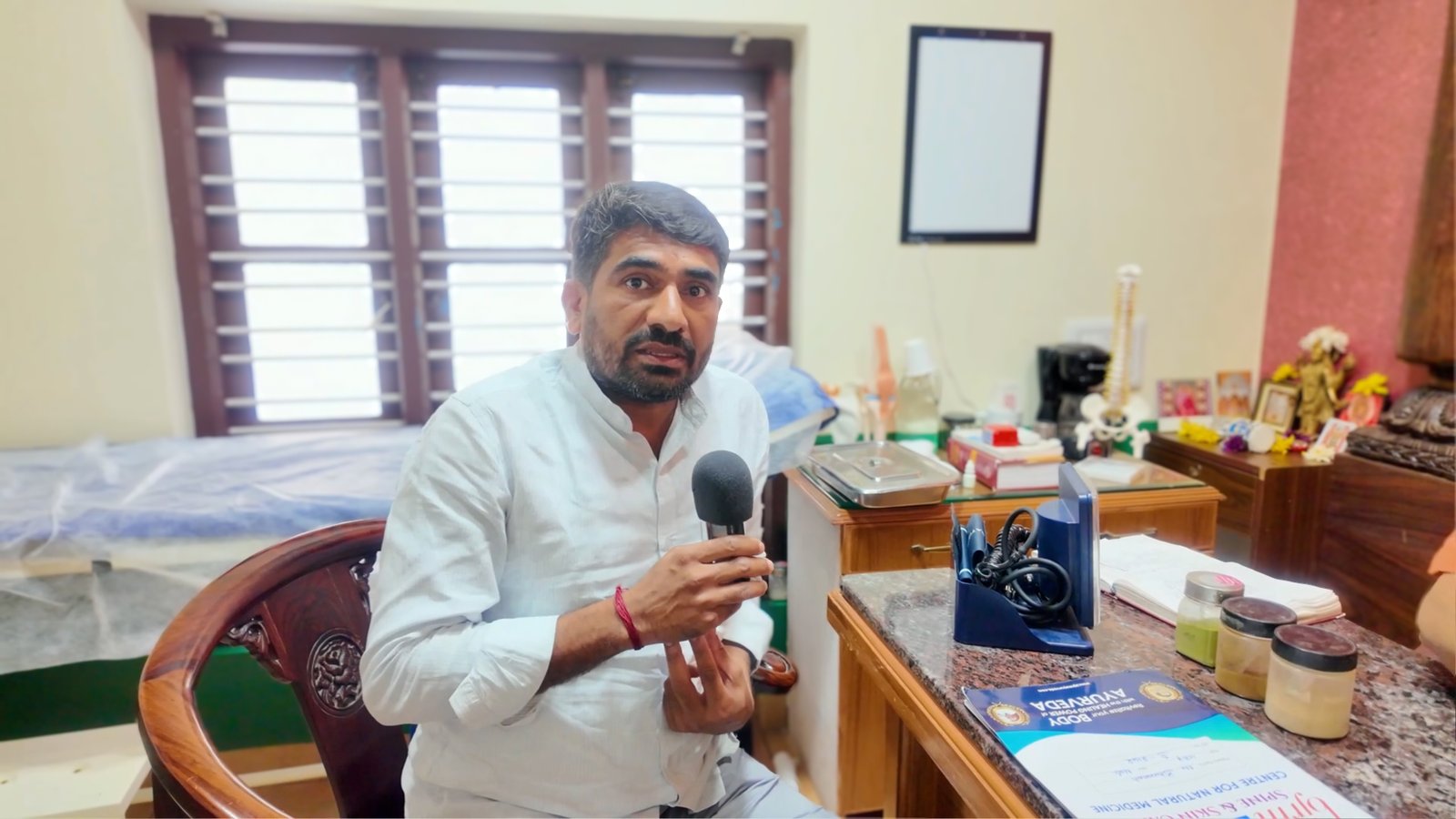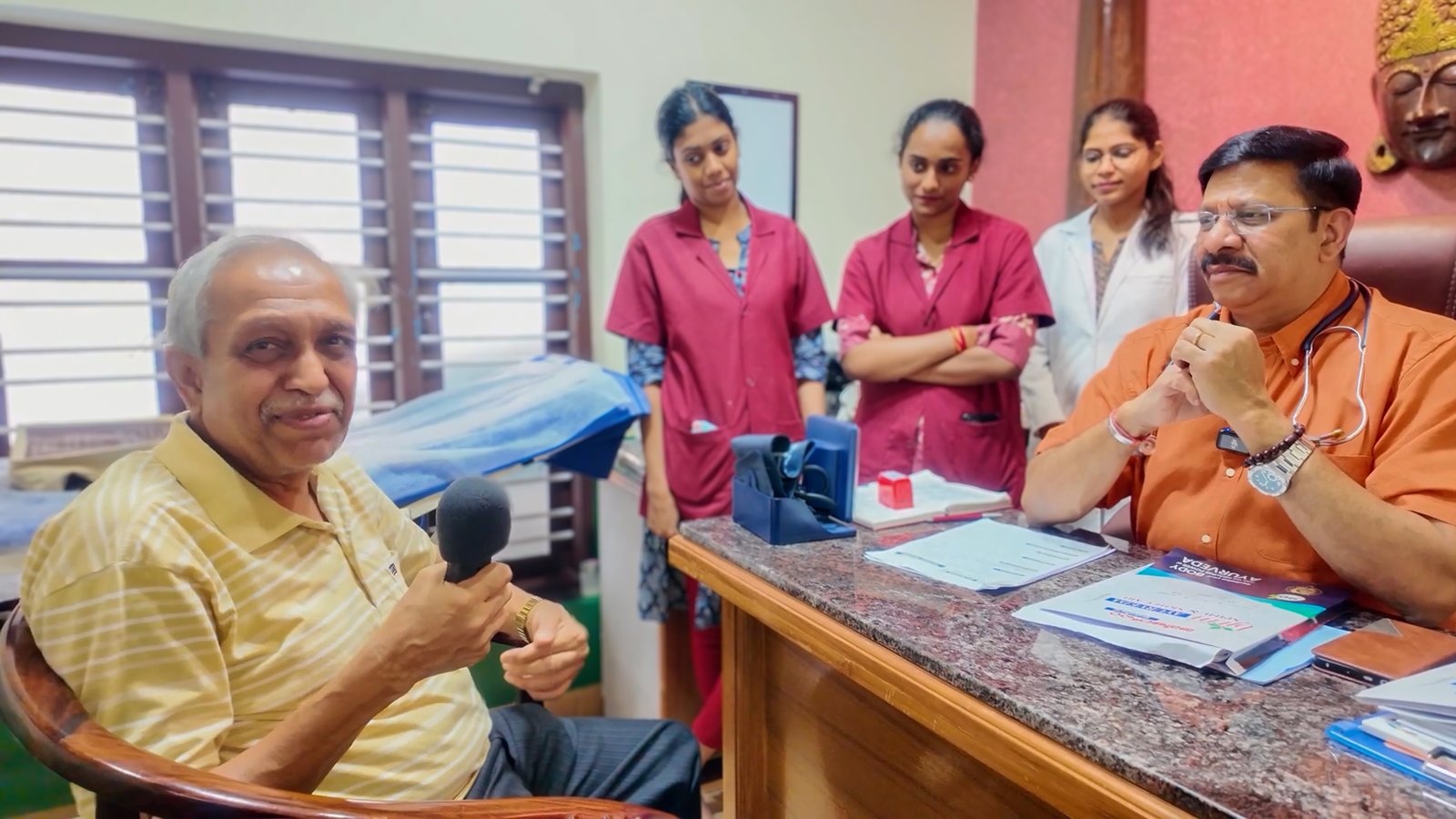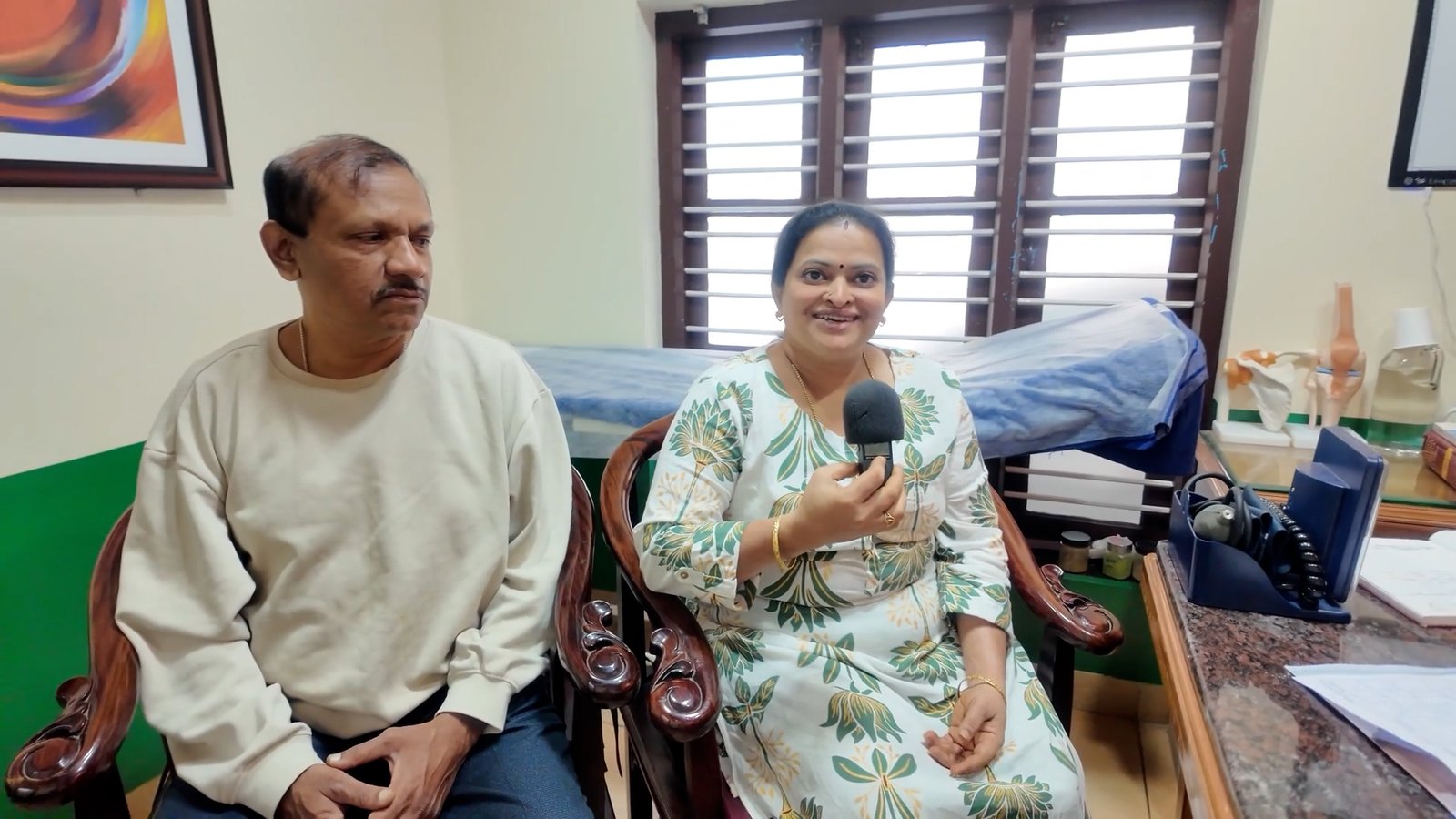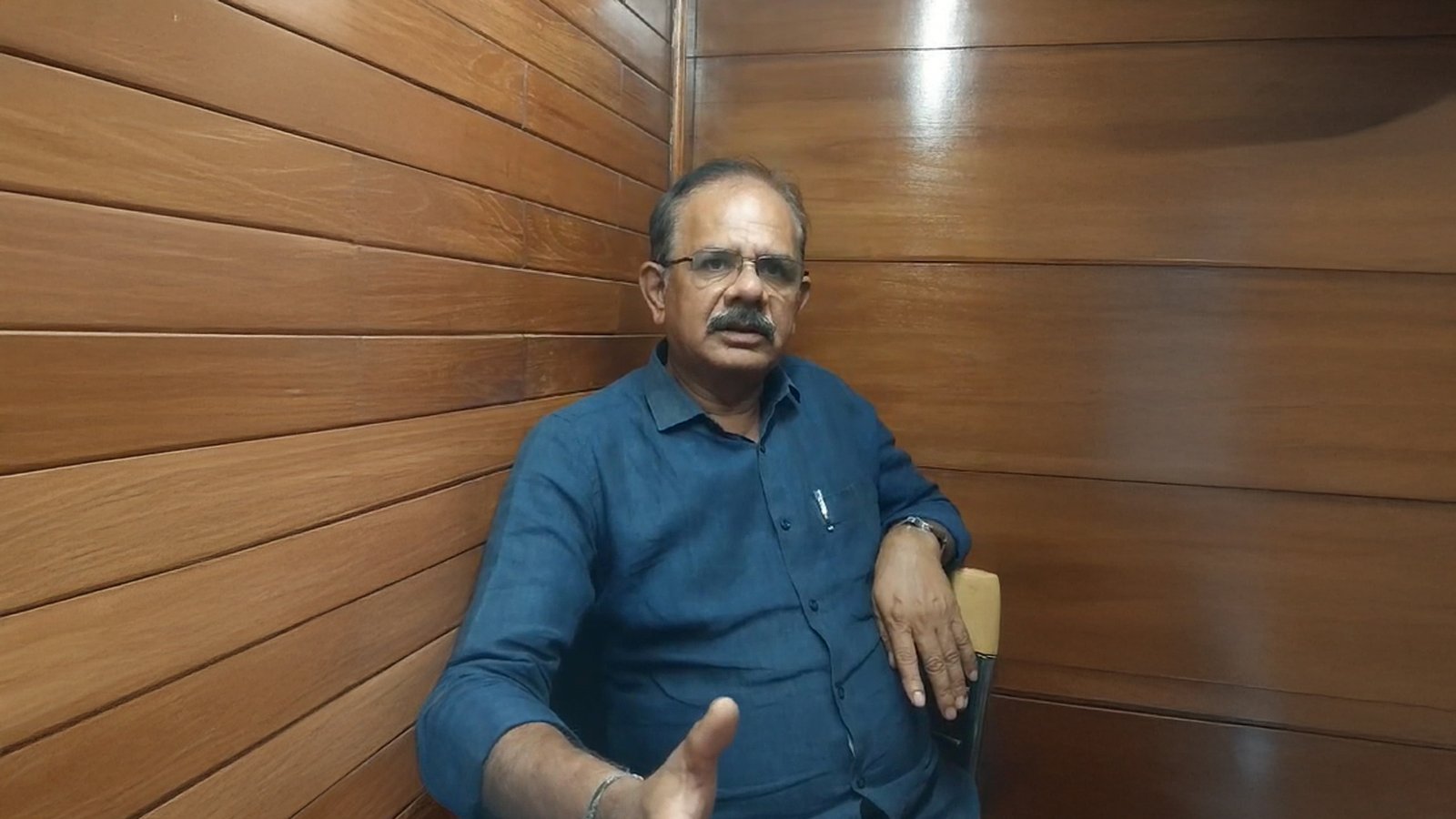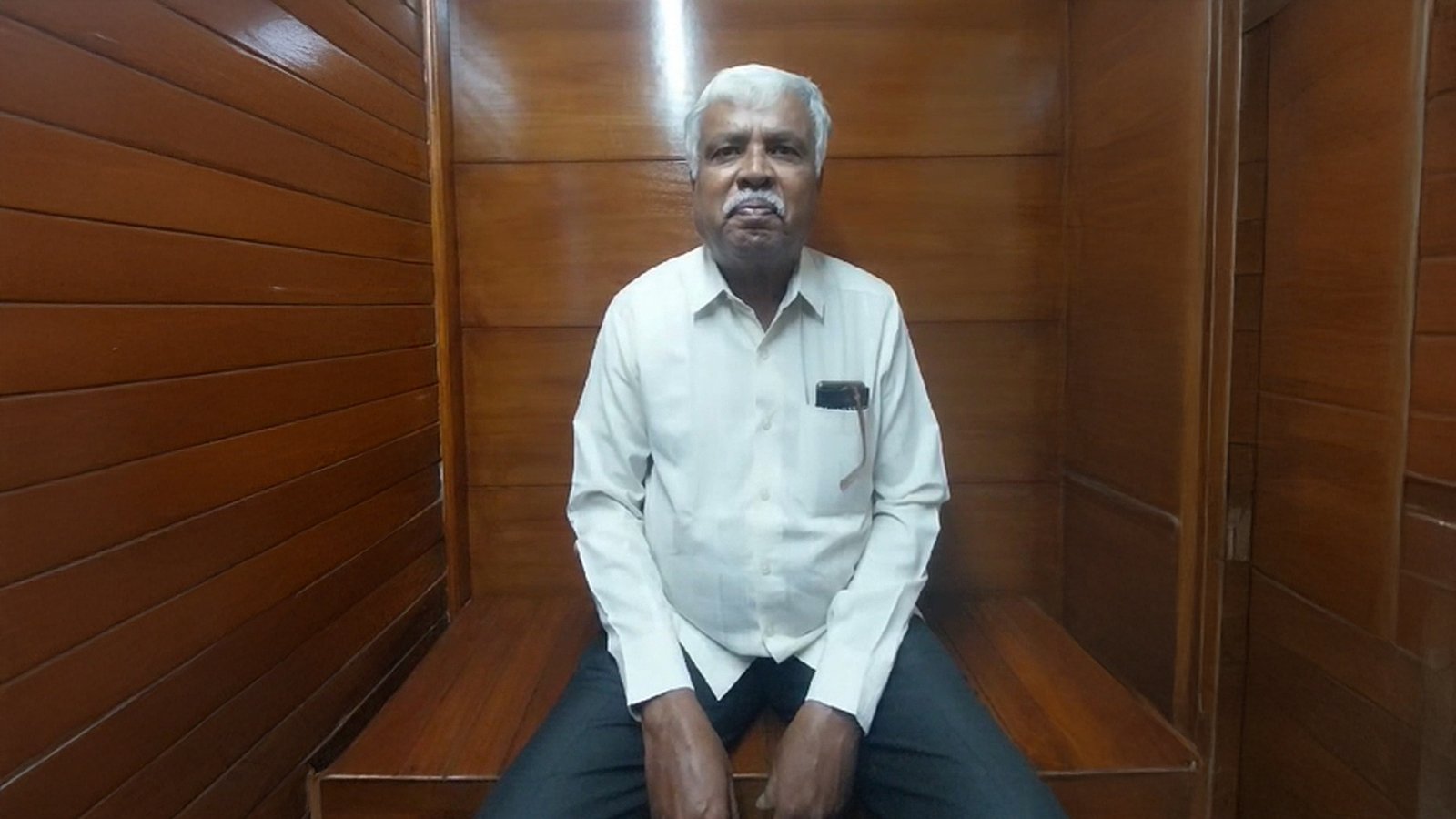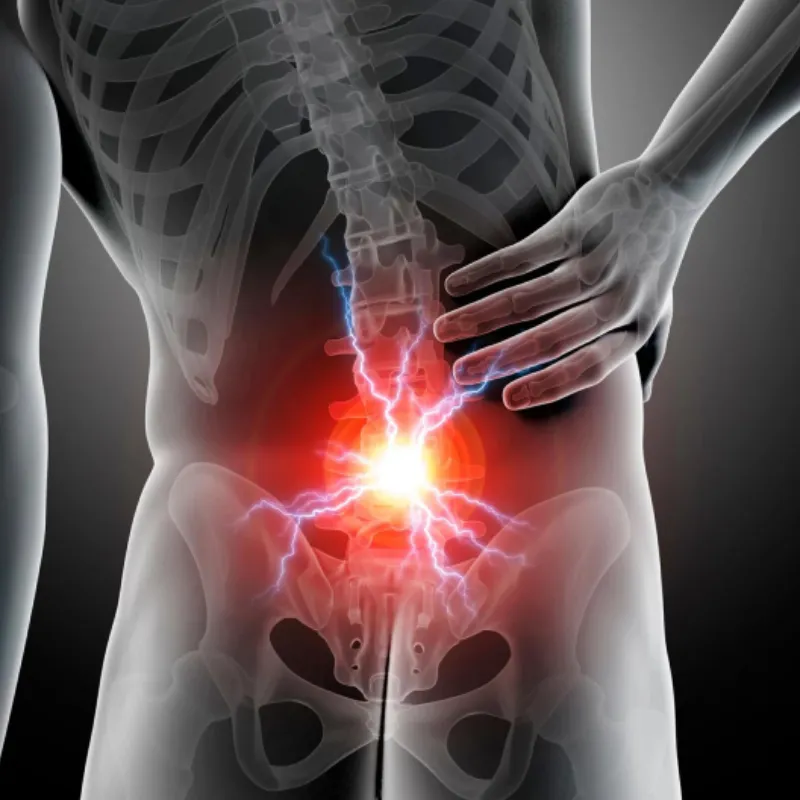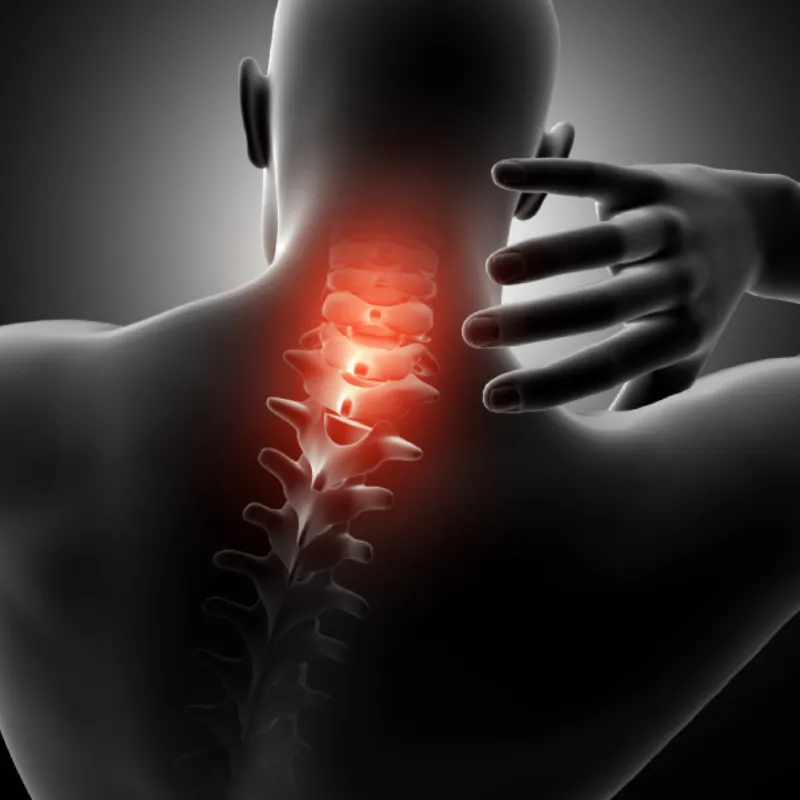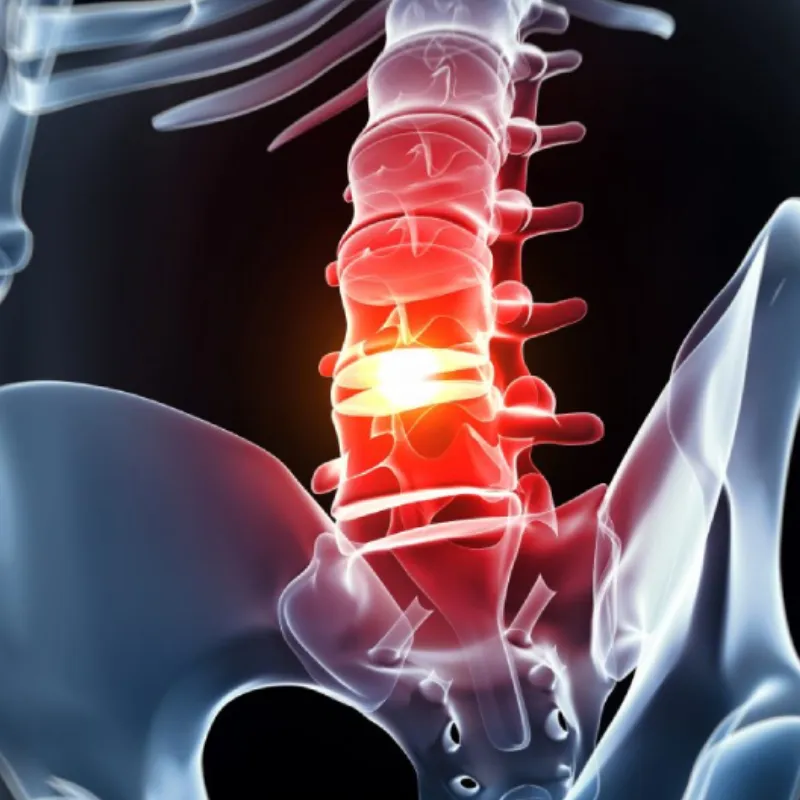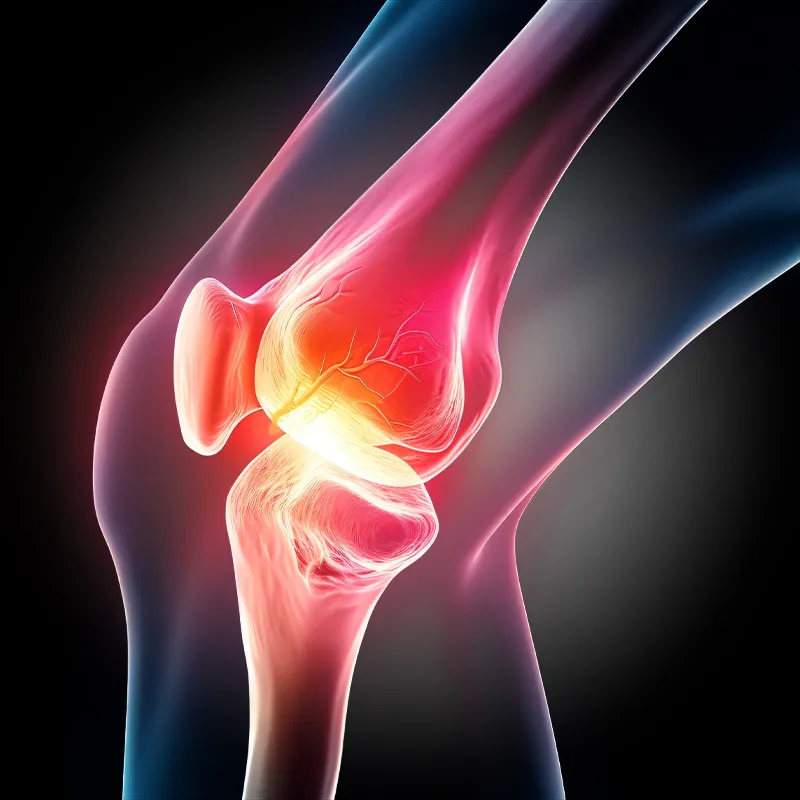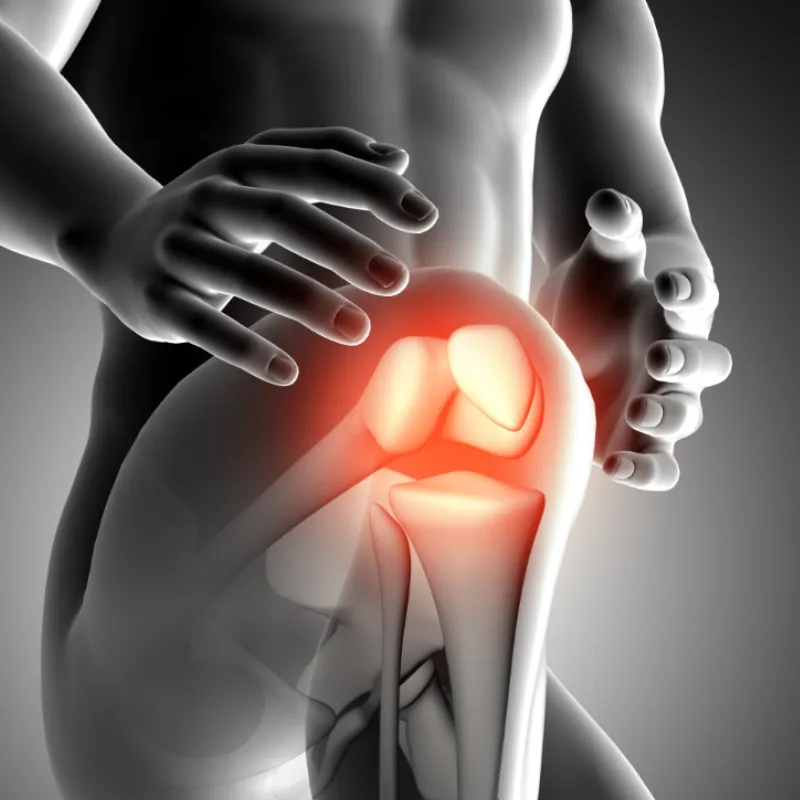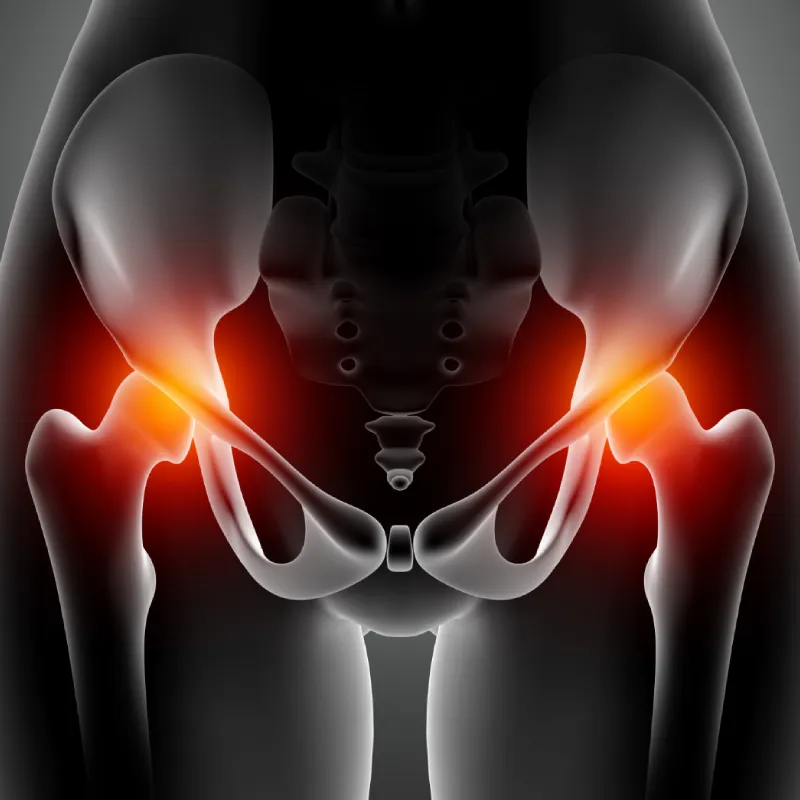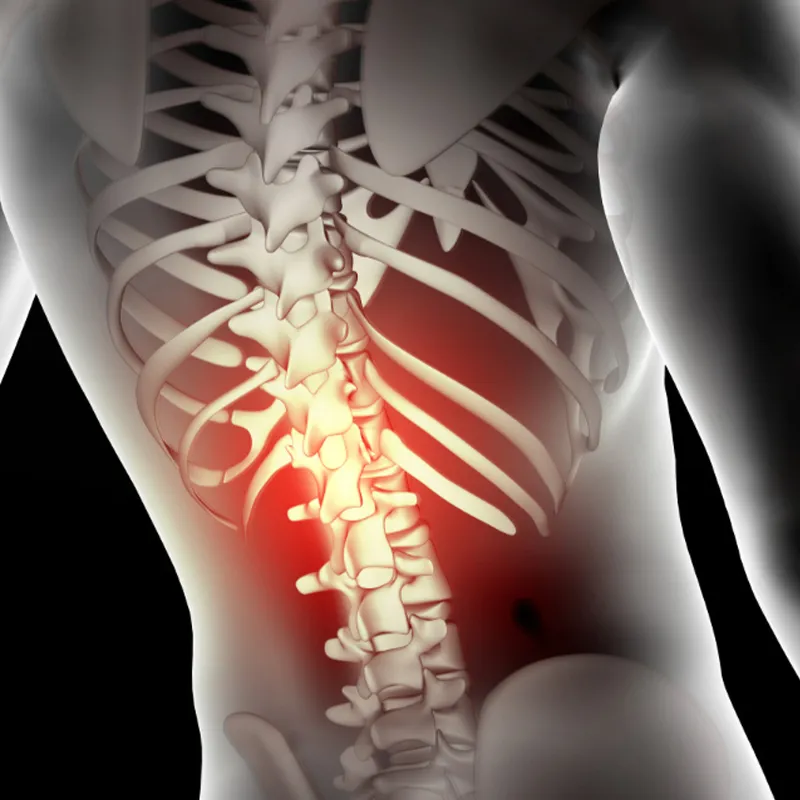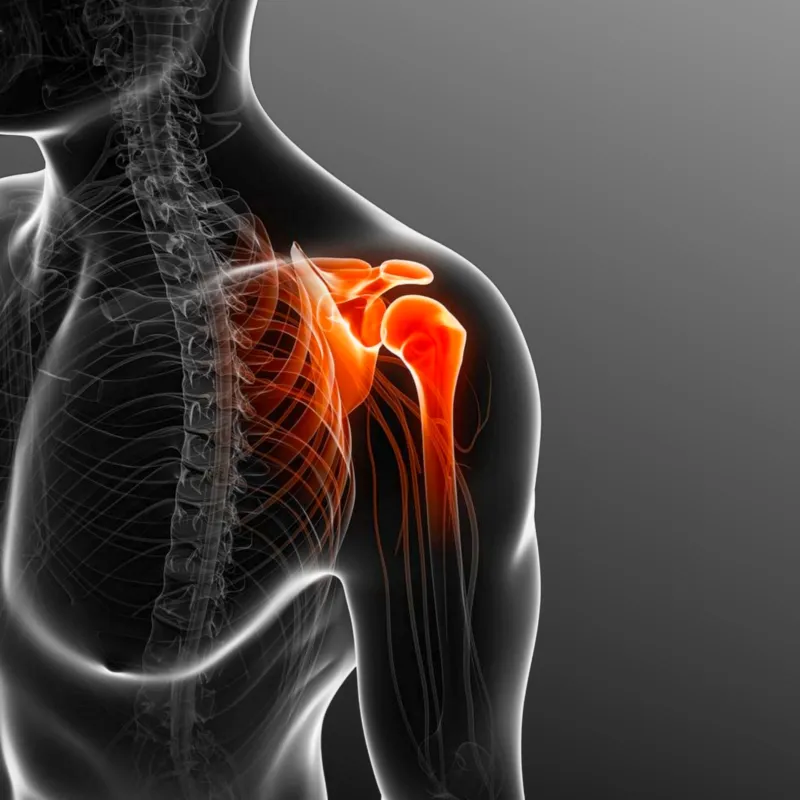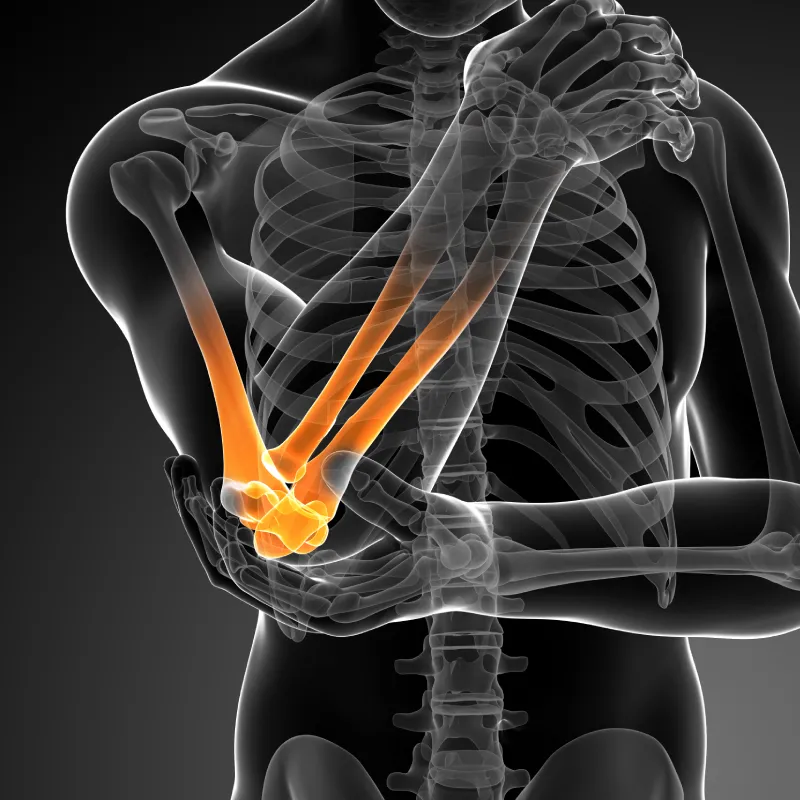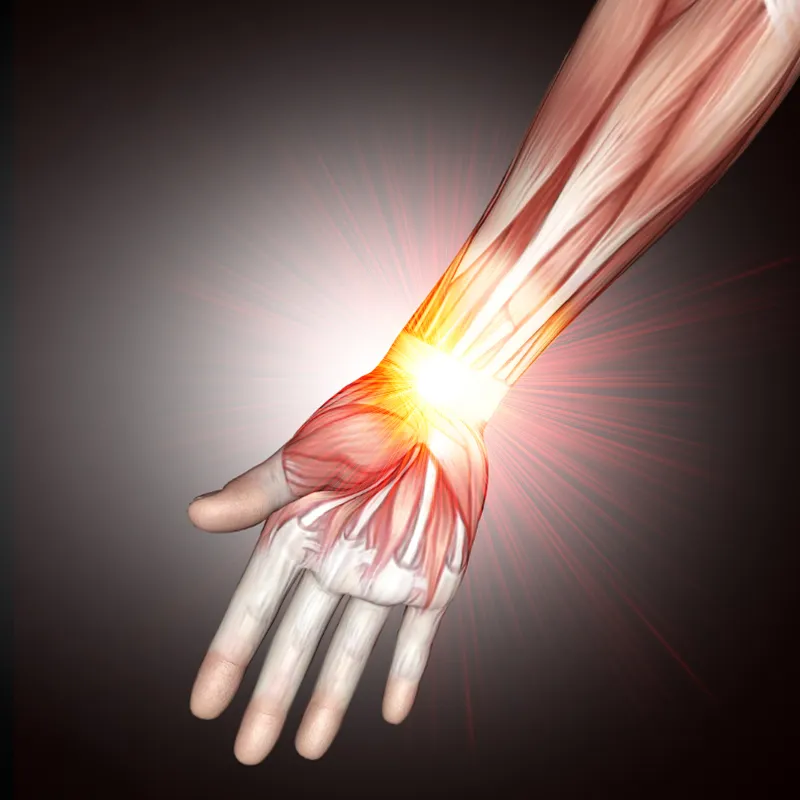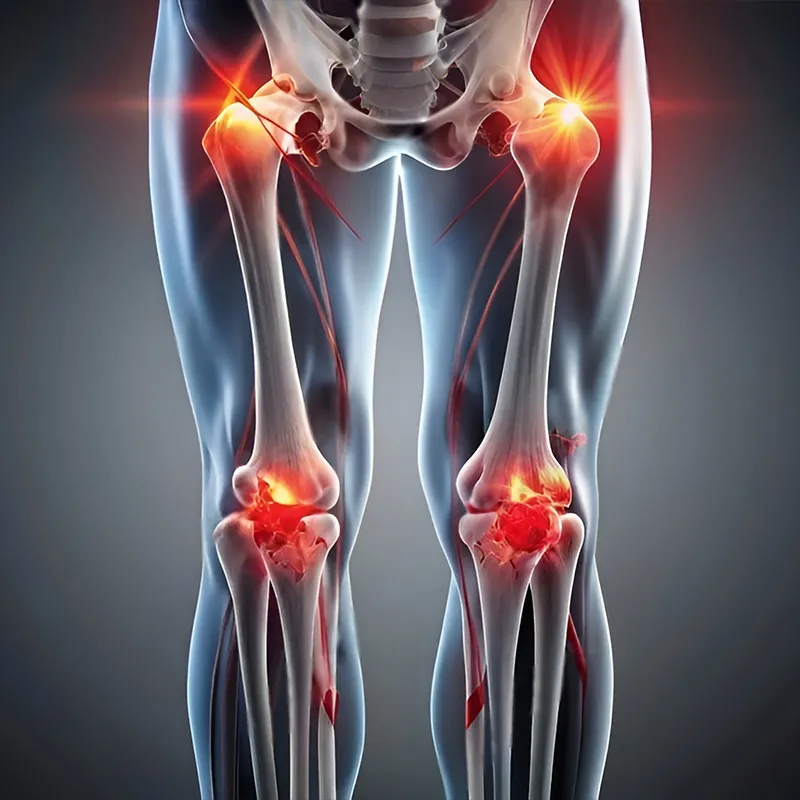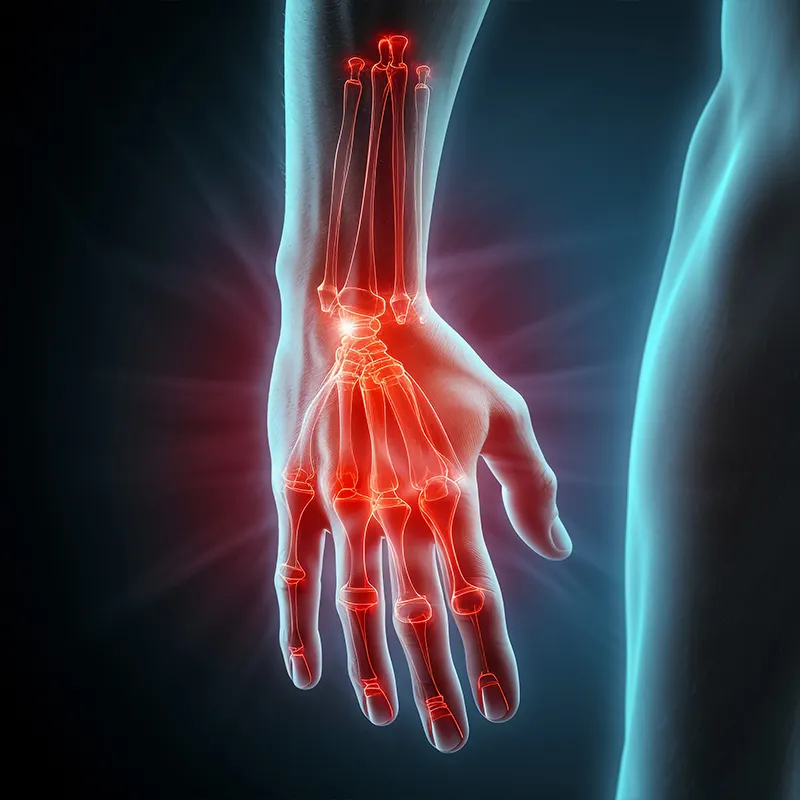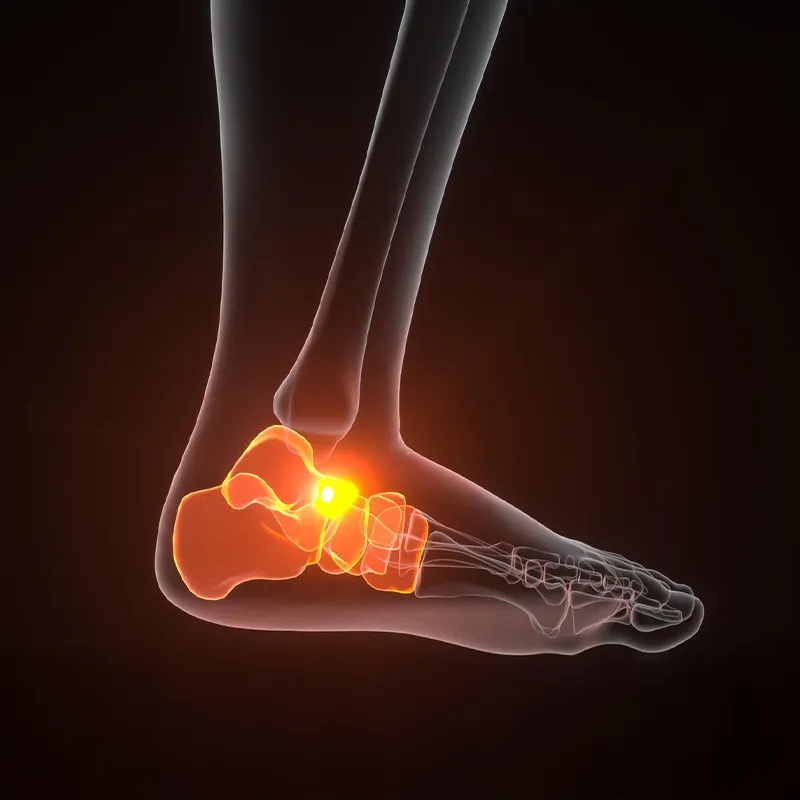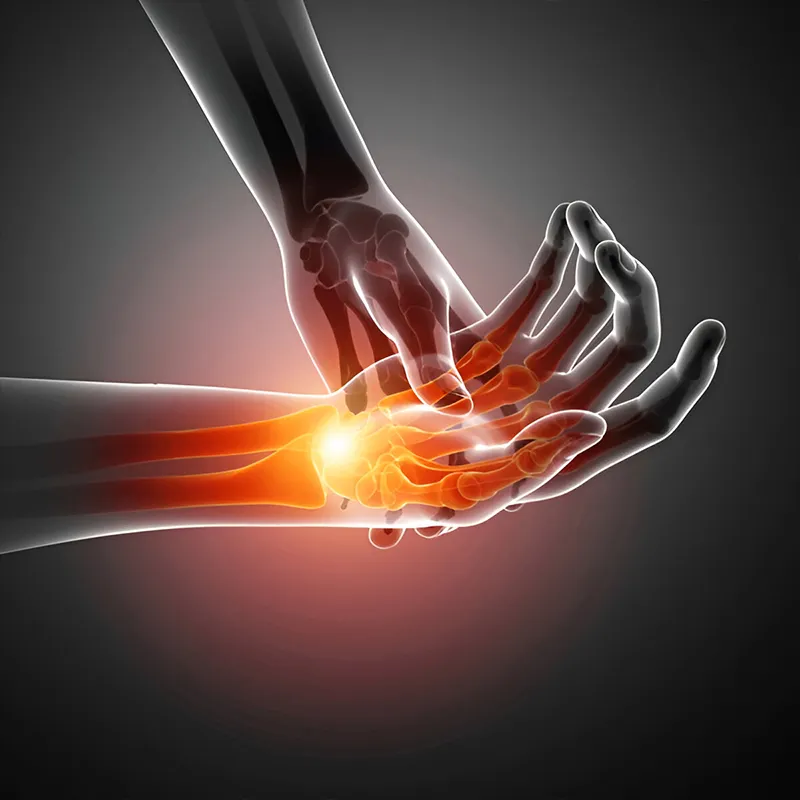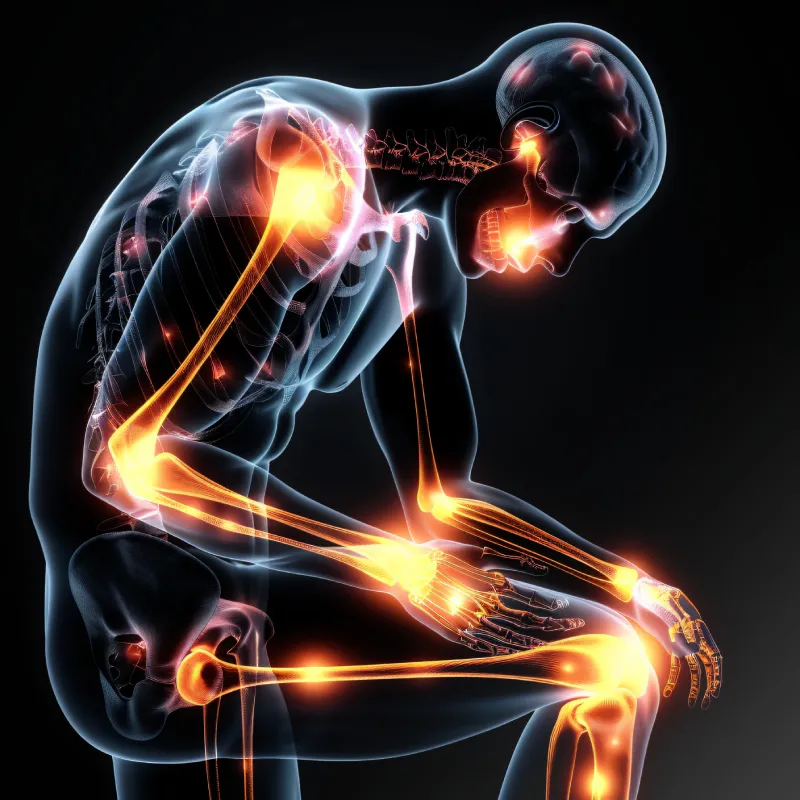According to Ayurveda, Osteoarthritis is predominantly a Vata-related disorder, driven by the inherent qualities of Vata dosha — dryness, lightness, roughness, and mobility. These qualities, when imbalanced, disturb the natural harmony within the joints. The degeneration begins with the drying up of synovial fluid, which serves as the body’s natural lubricant, leading to friction between bones and a gradual breakdown of the cartilage that cushions them. The result is the classic crackling or crepitus sound, stiffness, and pain during movement.
Over time, the aggravated Vata also weakens the supportive tissues — the Dhatus such as Asthi (bones) and Majja (bone marrow) — further worsening the structural integrity of the joints. This leads to limited flexibility, joint deformities, and restricted daily functioning.
Ayurvedic management of Osteoarthritis aims to calm and stabilize Vata, using a combination of internal medicines, nourishing oils, and rejuvenative therapies to restore lubrication, reduce inflammation, and promote tissue regeneration. Panchakarma therapies, especially Snehana (oleation) and Basti (medicated enemas), play a key role in detoxifying the system and rejuvenating joint health. The overall approach is not just to relieve symptoms, but to rebuild strength, improve long-term joint function, and prevent further degeneration through diet, lifestyle, and seasonal care.
